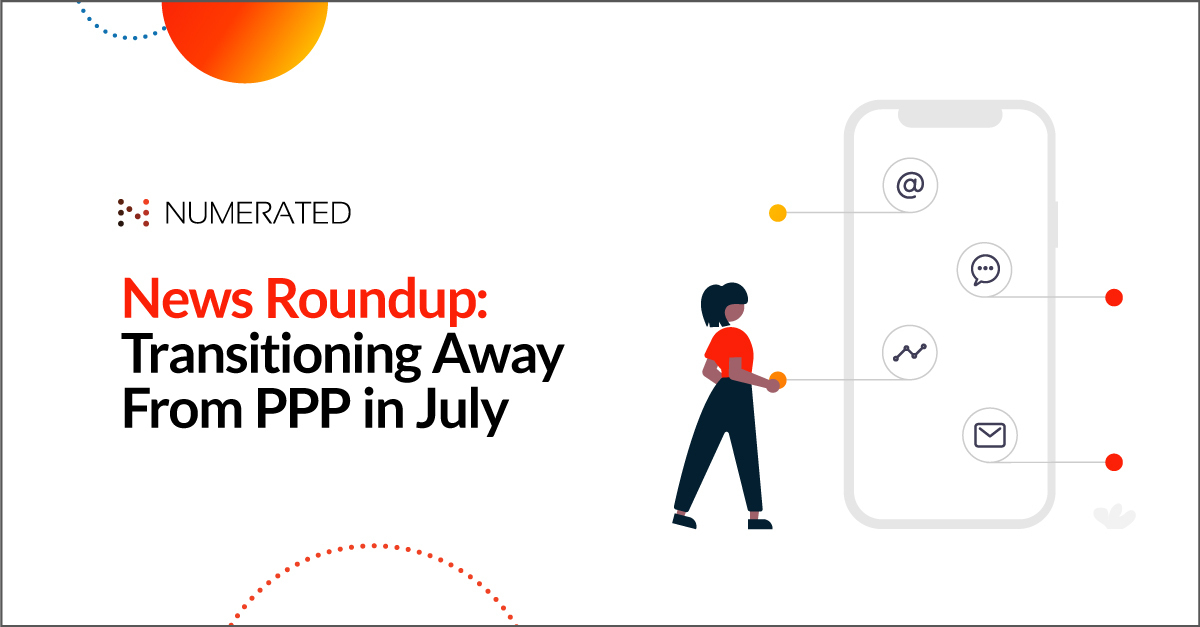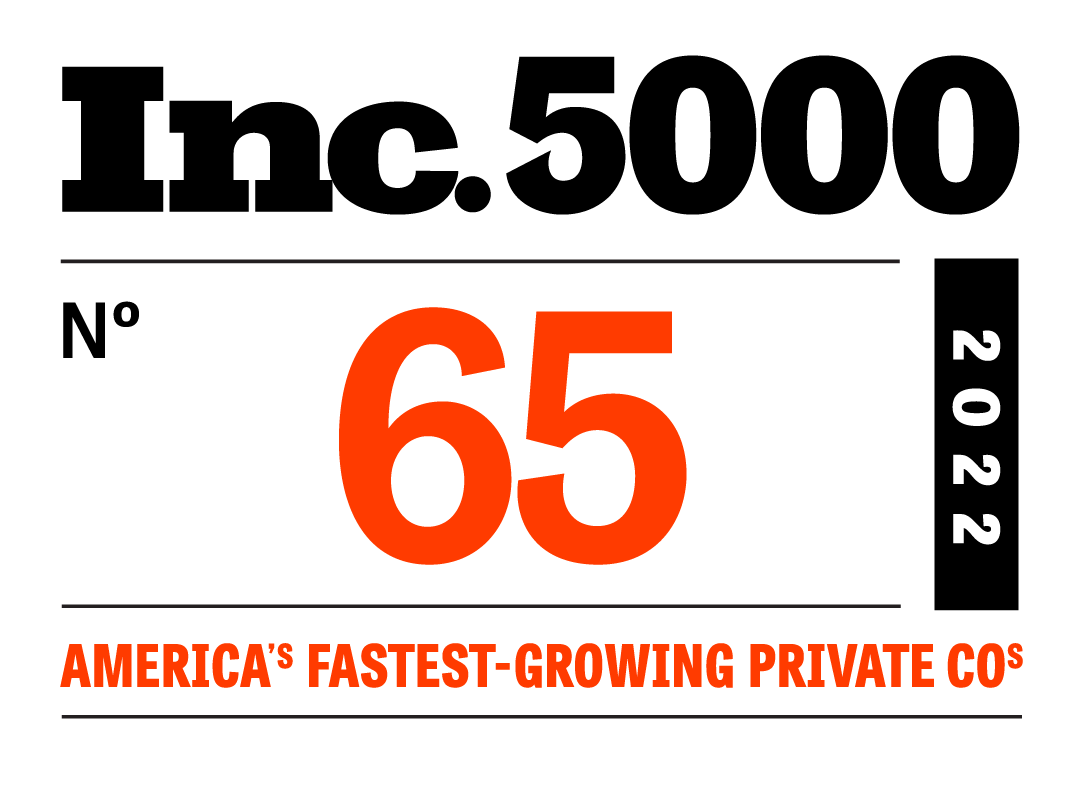
With the Paycheck Protection Program closed and Forgiveness under way, financial institutions are looking for new opportunities for growth. For lenders, capitalizing on this opportunity will require accounting for the change in customer expectations, and implementing technology that provides an outstanding experience.
In this news roundup, we’ve included five articles that take a look at how banks are transitioning away from PPP and adopting new strategies for success.
5 Articles Highlight How Banks Are Making the Transition Away from PPP
A Practical Guide for Improving CX and Deepening Banking Relationships by Total Expert, The Financial Brand
What was once an industry that relied heavily on face-to-face meetings is now at the forefront of major innovation through technology adoption. This shift in the financial services industry had a direct impact on the experience banks and credit unions provided their customers. Community institutions are known for pleasant in-person experiences with their customers, so without the ability to provide this service, they had to quickly pivot toward digital. During transitions like these, it’s important for banks to ensure they are still providing customers with an excellent experience, even if the channel has changed. Read more about how financial institutions can continue to foster meaningful customer relationships and provide a great experience through digital platforms in this article from The Financial Brand.
PPP is ending but small businesses still need banks’ support by Raymon Looby, American Banker
The pandemic created an opportunity for growth for financial institutions. PPP left banks and credit unions flooded with customers needing assistance, and throughout the majority of 2020 and early 2021, institutions had no need to look elsewhere for business opportunities. Now, with PPP finished and pandemic lockdowns over, lenders and small businesses are both looking towards the future. For financial institutions, the answer lies in how they can retain PPP customers. Most of these businesses, beginning their recovery from the pandemic, still may not qualify for traditional lending. Lenders can use this as an opportunity to build relationships with PPP customers through providing resources for SBA programs. In doing so, banks and credit unions will create trust with their customers who will be more likely to return for future banking needs. Read more about how lenders can create long lasting relationships with customers in this American Banker article.
How Technology Can Empower Community Banks to Deliver a Great Digital Experience by Maria Schuld, Finextra
Community banks found great success during the pandemic by supporting small businesses through PPP loans. Now that PPP is finished, banks are working to continue adapting to the shift in customer behavior. One solution community banks are currently working to implement is eSignature. eSignature allows bankers to provide customers with an easy and efficient way to sign documents. Learn more about how community banks can leverage eSignature and other digital offerings through technology partnerships, here.
Tailor Innovation with Fintech, Bank Collaborations by Nathan Baumeister, Bank Director
According to BAI Banking Outlook, a survey of financial services customers, only 61 percent of consumers feel that their community bank understands their digital needs. With close to 40 percent of customers still unsatisfied with the service they’re receiving, there is still much work to be done in community banking. Because community banks operate on limited resources, it’s important for these institutions to first focus on what areas of their institution need the most attention. From here, the next decision is finding the right partners to help reach these goals. Read more about the steps community banks can take to become more innovative in the services they provide, in this Bank Director article.
The Top Three Digital Challenges Faced by Financial Institutions and How to Overcome Them by Martin Ladstaetter, Forbes
Digital transformation was top of mind for many bankers long before COVID, but the desperate need for digital during the pandemic led to massive unexpected change within the industry. Customers adjusted to this new way of banking, and few are showing an appetite for turning back. Knowing this, banks must continue innovating to meet customers’ new digital-first habits. As banks adapt, they will face many challenges throughout the process. Here, Forbes highlights the top three digital challenges financial institutions are facing, including providing self-service functionality, choosing the right solutions, and overcoming implementation roadblocks.






